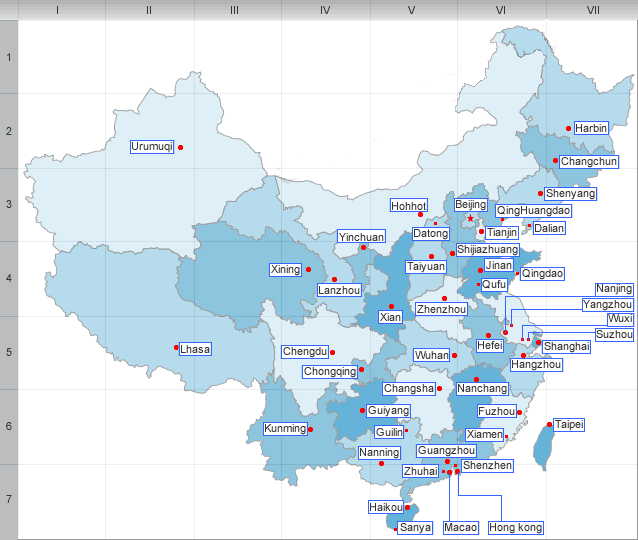Baotou Municipality Overview
Baotou, a prefecture level city whose name in Mongolian, Baoketu, means "a place abundant in deer" - though the deer have long since been decimated - is situated on the banks of the Yellow River near the foot of the Yinshan Mountains.
Located in Western Inner Mongolia, Baotou Prefecture covers an area of 27,768 square kilometers (10718 square miles), with a population of around 2.60 million, including the Han, the Hui, the Man, and of course the Mongols, to name the largest groups. A 214-kilometer (133-mile) stretch of the Yellow River runs through the prefecture. Baotou is the largest city in Inner Mongolia, and one of the important industrial bases of the country. The city's name means 'place with deer' in the Mongolian language, hence the city has the nickname "Deer City".
Although Baotou's development as a city is of relatively short history, records of human settlement can be traced back to almost 5,000 years ago. In 1809, it was incorporated as a town, and it became a city in 1953, from which time Baotou has been known for its steel production.
The city has a profound history and abundant cultural relics. Human settlers moved there as early as six thousand years ago in the Neolithic Age. During the Warring States Period (476BC-221BC), the Zhao State built the wall in the present suburb of Baotou, which is said by Chinese historians to be the oldest section of the Great Wall. In the contemporary age, Baotou became a port and a town of great commercial importance for the fur trade, which relied on the waterways of the Yellow River. The railway construction from Beijing expanded to Baotou. However, Baotou is most famous for the discovery of the Baiyun'ebo iron mine in the early Twentieth Century.
Tomb of Genghis Khan's MausoleumVisit the Mongolian yurts, drink a bowl of warm milk tea, and enjoy eating mutton with your hands, which are all indispensable ways to experience the Mongolian customs in Baotou. Saihan Tala Grassland is the only grassland in China that is located in a city center. Some 100 kilometers away in Ordos's desert, the Genghis Khan Mausoleum is also a must for visitors to Baotou as it is not too far away.
If the ancient Great Wall, grassland, desert and the Mongolians created the unique culture of the city, rich mineral resources allowed it to develop as a modern industrial city, reputed now as the 'steel capital on grassland' and the 'capital of rare earth'.
| PREV:Ordos Municipality Overview | Next:Chifeng Municipality Overview |



